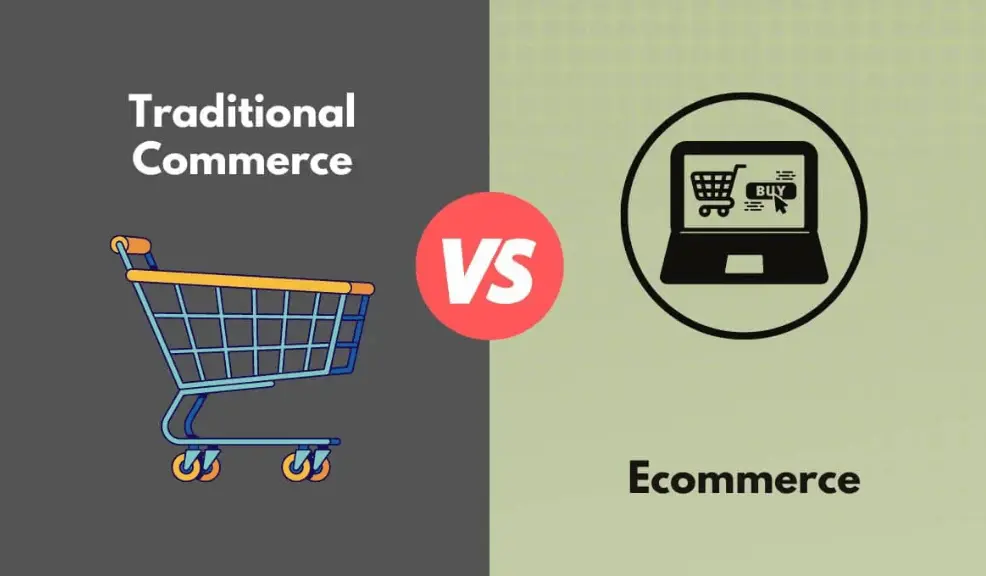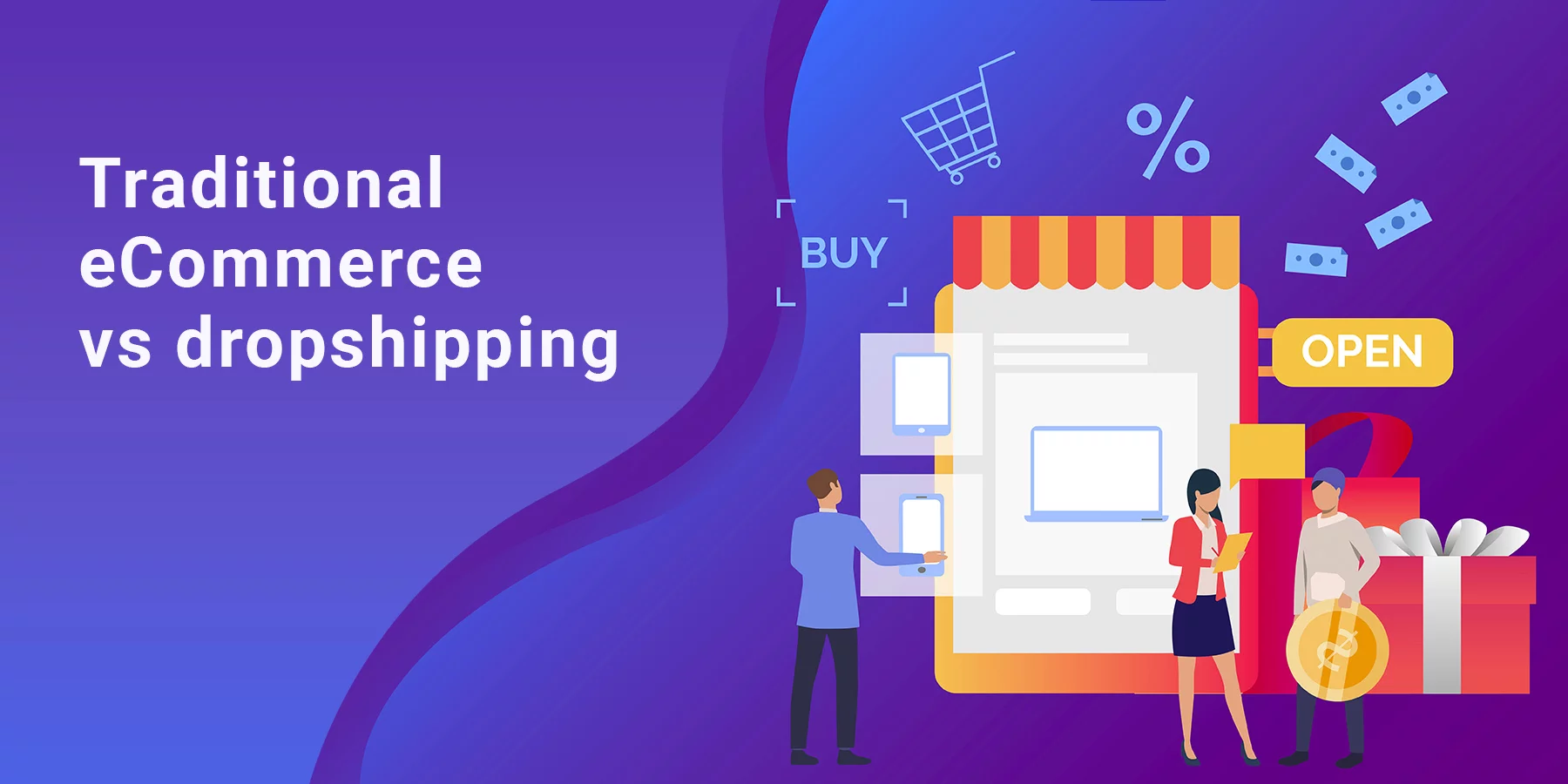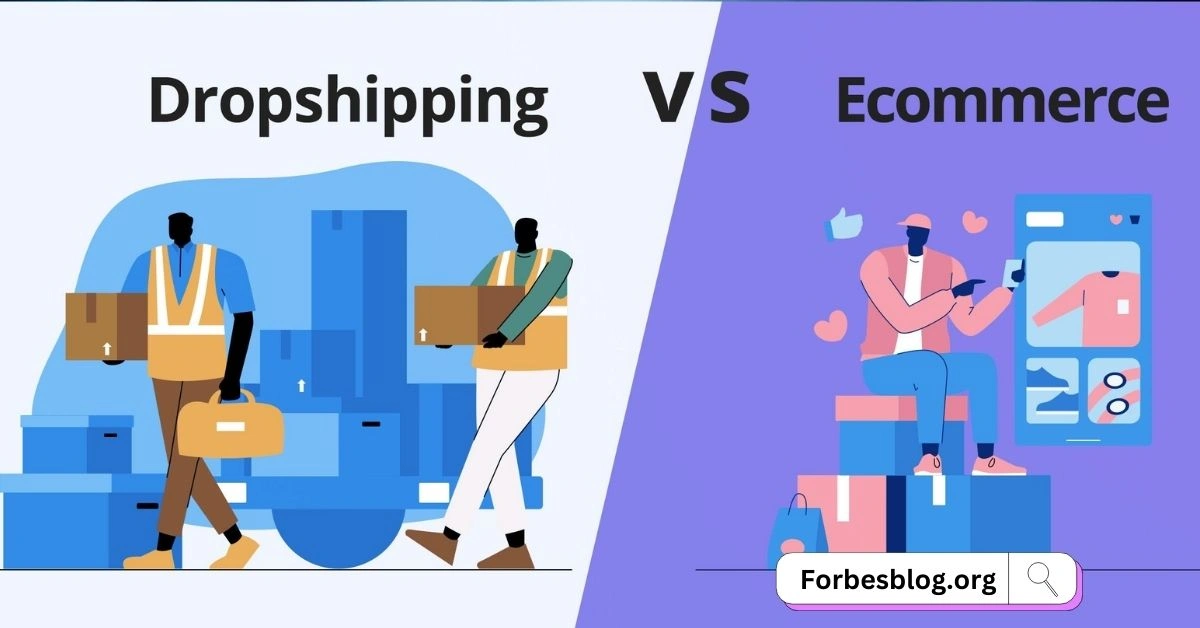Table of Contents
Introduction
In the ever-evolving world of online business, entrepreneurs often face a critical decision: should they choose dropshipping or traditional e-commerce? Both models offer unique advantages and challenges, making it essential to understand their differences before diving in. This article explores the key aspects of each model, helping you determine which one suits your business goals best.
What is Dropshipping?

Dropshipping is a retail fulfillment method where the seller does not hold inventory. Instead, products are shipped directly from a third-party supplier to the customer. This model allows entrepreneurs to start an online store with minimal investment and eliminates the need for warehousing.
Advantages of Dropshipping
- Low Startup Costs: No need to invest in inventory upfront.
- Minimal Risk: Since you only purchase products when customers order them, there’s no risk of unsold stock.
- Wide Product Selection: You can offer a vast range of products without worrying about storage.
- Flexibility: Operate from anywhere with an internet connection.
Disadvantages of Dropshipping
- Lower Profit Margins: Suppliers take a cut, reducing your earnings.
- Less Control Over Quality and Shipping: Delays and product quality issues may arise.
- High Competition: Low entry barriers mean many sellers offer the same products.
- Customer Service Challenges: Handling returns and complaints can be complicated.
What is Traditional E-commerce?

Traditional e-commerce involves purchasing inventory in bulk, storing it, and shipping orders directly to customers. This model requires a larger upfront investment but offers greater control over branding and customer experience.
Advantages of Traditional E-commerce
- Higher Profit Margins: Buying in bulk reduces costs per unit.
- Better Brand Control: You can customize packaging, product quality, and customer experience.
- Reliable Shipping and Quality: You oversee fulfillment, ensuring faster delivery and better product quality.
- Stronger Customer Loyalty: A consistent shopping experience builds trust and repeat business.
Disadvantages of Traditional E-commerce
- Higher Initial Investment: Requires capital for inventory, warehousing, and logistics.
- Inventory Management: Unsold stock can lead to financial losses.
- Operational Complexity: Managing storage, fulfillment, and logistics requires time and resources.
Key Differences Between Dropshipping and Traditional E-commerce
| Feature | Dropshipping | Traditional E-commerce |
|---|---|---|
| Investment Required | Low | High |
| Profit Margins | Lower | Higher |
| Inventory Management | No inventory needed | Requires stock management |
| Shipping Control | Limited | Full control |
| Branding Opportunities | Minimal | Strong |
| Scalability | High | Moderate |
Which Business Model is Better for You?

The best model depends on your business goals, budget, and risk tolerance:
- Choose Dropshipping if: You have limited capital, want to test different products, and prefer a low-risk entry into e-commerce.
- Choose Traditional E-commerce if: You want higher profit margins, greater brand control, and are willing to invest in inventory and logistics.
FAQs
1. Is dropshipping more profitable than traditional e-commerce? Not necessarily. While dropshipping has lower startup costs, traditional e-commerce offers higher profit margins due to bulk purchasing.
2. Can I switch from dropshipping to traditional e-commerce later? Yes, many entrepreneurs start with dropshipping to test the market and later transition to traditional e-commerce for better control and profitability.
3. Which model is better for beginners? Dropshipping is often easier for beginners due to its low upfront investment and minimal risk.
4. What are the best platforms for dropshipping and traditional e-commerce? For dropshipping, Shopify and WooCommerce with AliExpress integrations are popular. For traditional e-commerce, Shopify, Magento, and BigCommerce are excellent choices.
5. How can I ensure success in either model? Success depends on niche selection, marketing strategies, customer service, and continuous optimization of your business operations.
Conclusion
Both dropshipping and traditional e-commerce have their pros and cons. While dropshipping offers a low-cost, low-risk entry into online selling, traditional e-commerce provides better profitability and brand control. Carefully consider your financial situation, business goals, and operational capacity before making a decision.













